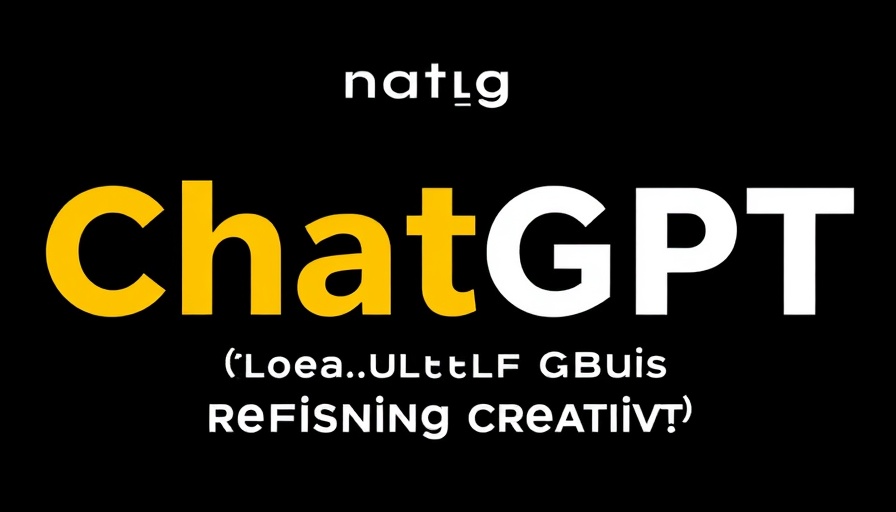
Transforming Creativity: The Revolution of GPT-4o Image Generation
The world of artificial intelligence has been set ablaze with OpenAI's latest innovation: GPT-4o’s powerful image generation capabilities. Gone are the days of clunky and awkward AI-generated art, replaced with a seamless integration of natural language processing and image creation. This groundbreaking approach not only transforms how we create visual content but also elevates our expectations of AI's role in creativity.
Why GPT-4o Is a Game Changer
GPT-4o redefines the boundaries of what's possible with image generation. Unlike earlier AI models, GPT-4o enables users to refine images through conversational prompts, allowing for intricate and detailed command over the final product. Users can articulate specific requirements, such as adding text or modifying existing imagery, through straightforward dialogue with the AI. This multimodal capacity, as highlighted by industry experts, sets a new standard in design efficiency, making it a significant tool for businesses and creatives alike.
Empowering Creatives: A New Era of Design
For designers and marketers, this technology offers unprecedented freedom. No longer mired in tedious back-and-forth revisions, users can create and tweak their designs directly, yielding near-instantaneous iterations. "You can now produce highly detailed, iterative mock-ups of logos, ads, or entire brand assets—on your own", states AI expert Paul Roetzer. This capability provides an avenue for faster project turnarounds, enabling professionals to focus on higher-level tasks while still bringing in their aesthetic expertise for final touches.
Preparing for Future Opportunities
The innovation of GPT-4o also prompts businesses to re-evaluate productivity expectations. As a single marketing manager might generate dozens of advertising variations in a fraction of the time previously required, it begs the question: how can teams leverage this to maximize their creative output while maintaining quality? By integrating AI as a partner in the creative process, organizations can streamline workflows, optimize timelines, and redefine their operational standards. However, this also necessitates a cultural shift, fostering a collaborative environment between human creativity and AI assistance.
Embracing these technological advancements could spell significant shifts in how we perceive and produce creative content. By remaining adaptable and forward-thinking, individuals and businesses alike can harness the potential offered by GPT-4o to achieve innovative breakthroughs in creativity.
 Add Row
Add Row  Add Element
Add Element 



Write A Comment